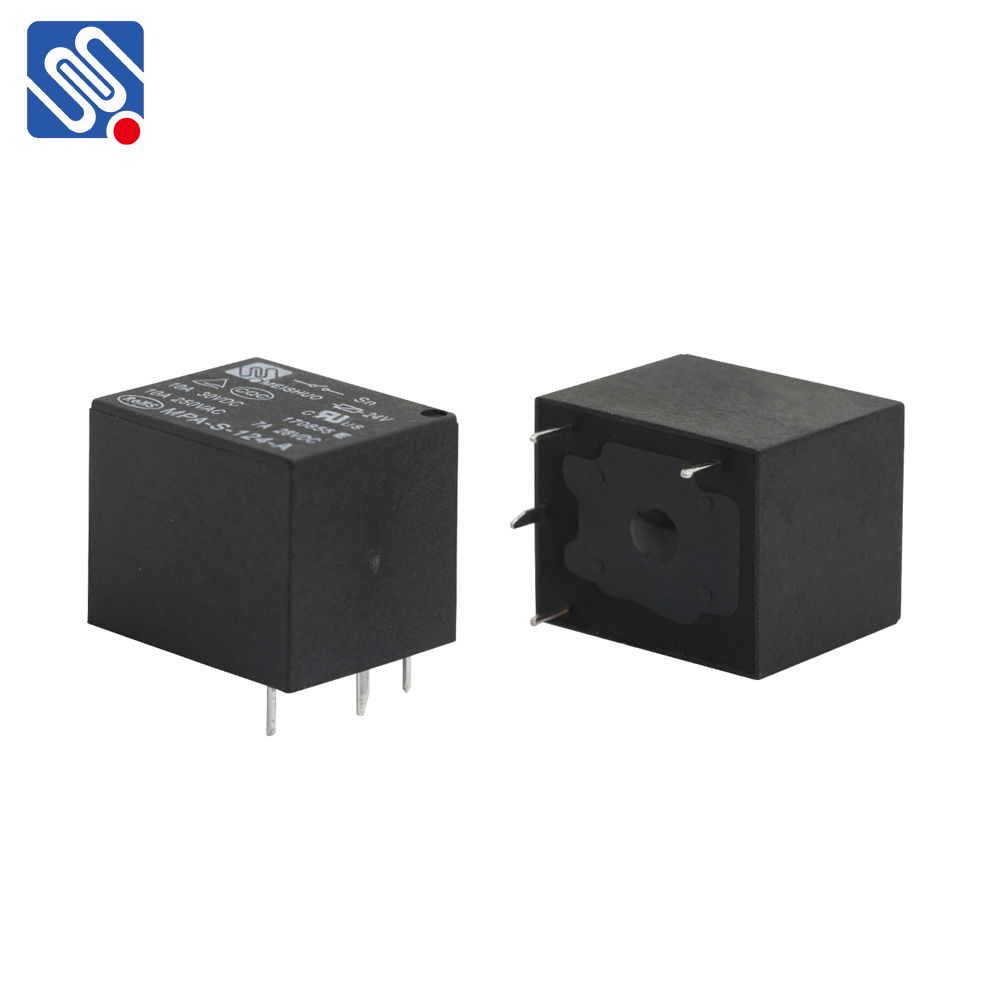Relay circuits are fundamental components in both low-voltage and high-voltage electronic systems. They serve as essential elements in control systems, enabling electrical isolation, amplification, and automation of various processes. Relay circuit design, therefore, is a crucial skill for engineers and technicians across a wide range of industries, from automation and telecommunications to automotive and home appliances. In this article, we will explore the essential elements of relay circuit design, key considerations, and practical applications.

What is a Relay? A relay is an electromechanical switch that allows a low-power electrical signal to control a high-power circuit. At its core, it consists of a coil, a set of contacts (usually one or more pairs of normally open or normally closed), and an armature that moves when an electric current energizes the coil. This movement opens or closes the contacts, thus switching the connected circuit on or off. Key Components of Relay Circuits Relay Coil: The relay coil is the heart of the relay and is responsible for the operation of the switch. When a current flows through the coil, it generates a magnetic field that pulls or pushes the armature. The coil’s specifications—such as voltage and current rating—must be carefully selected based on the control signal being applied to the relay.